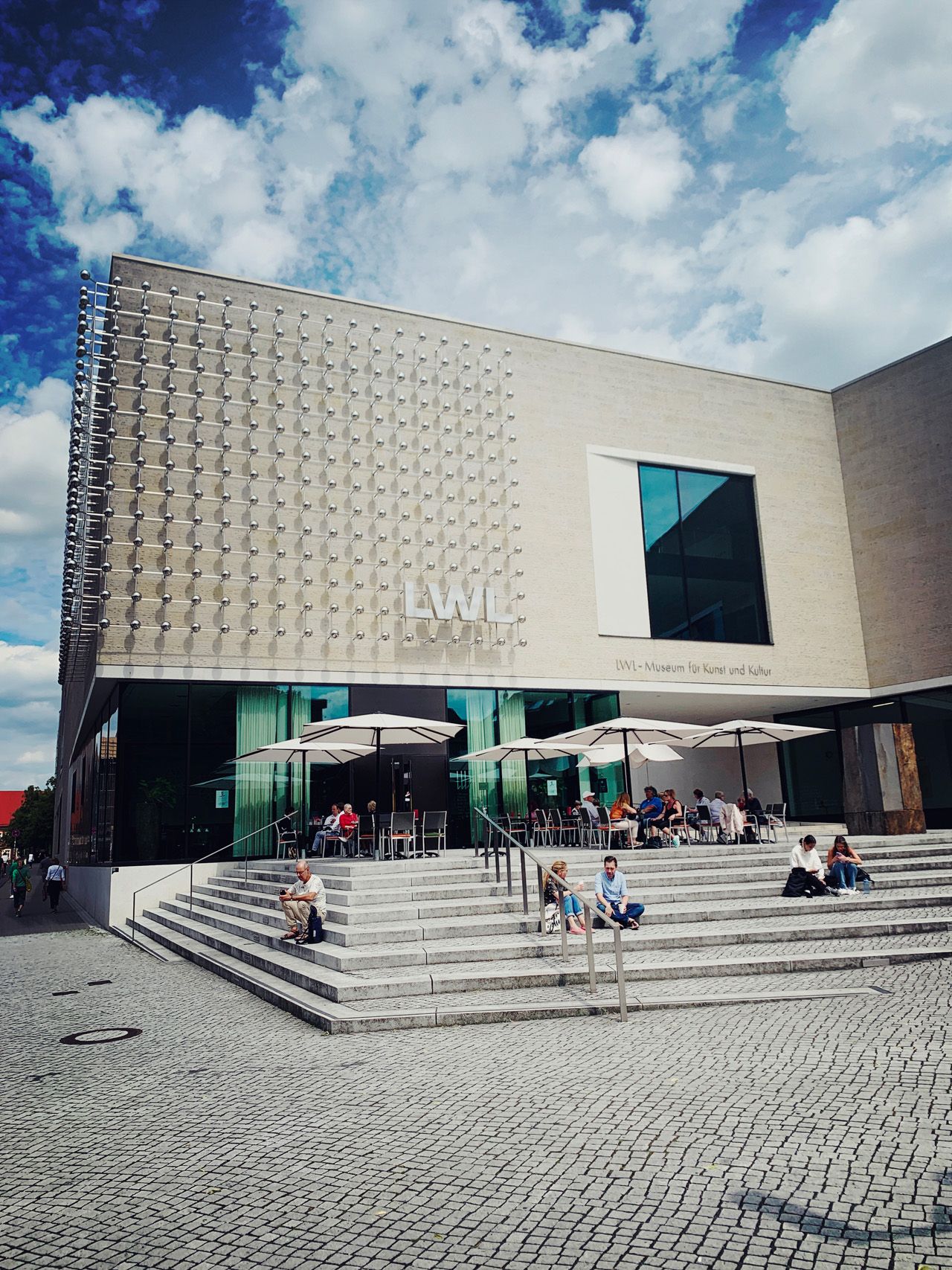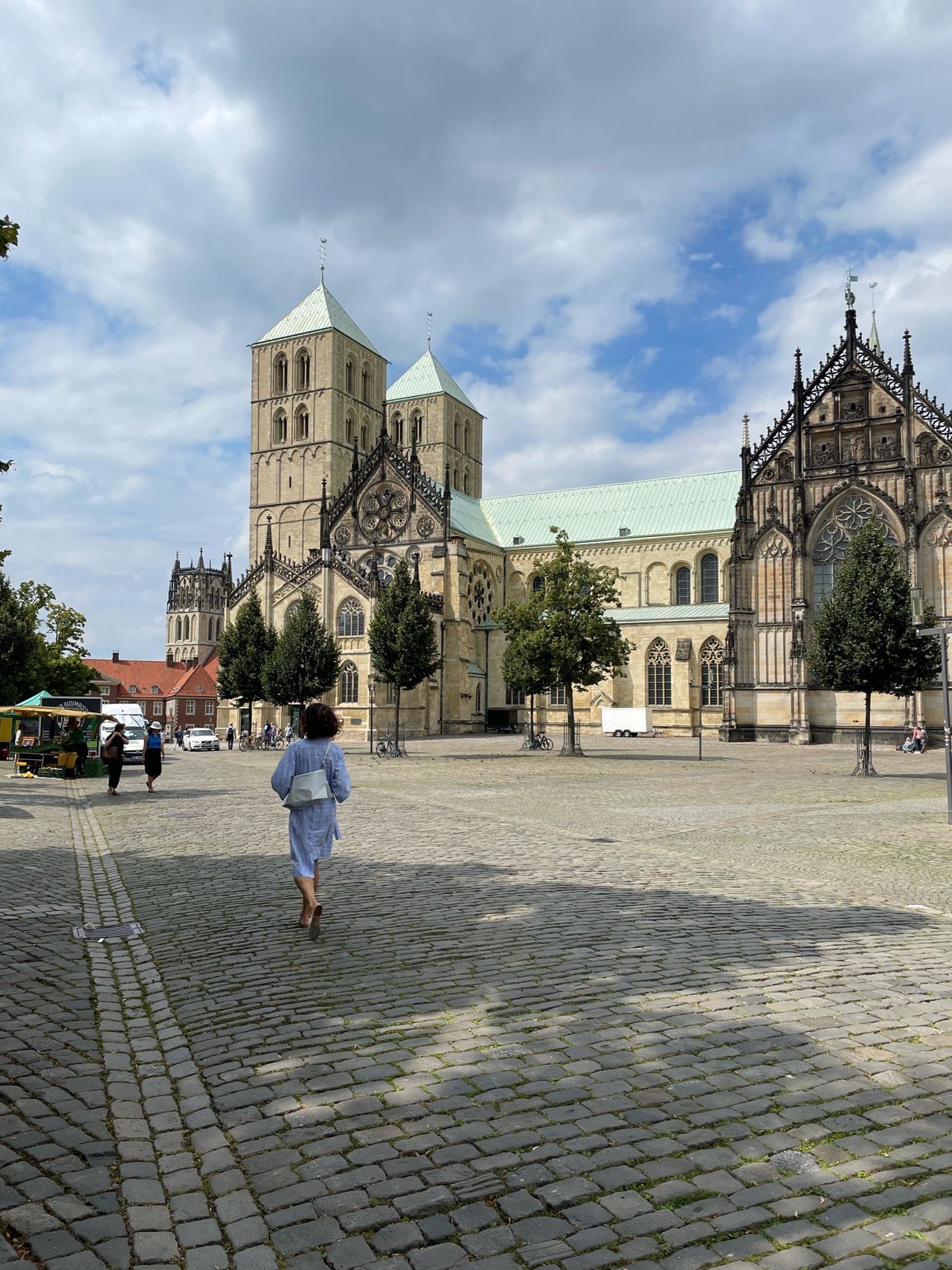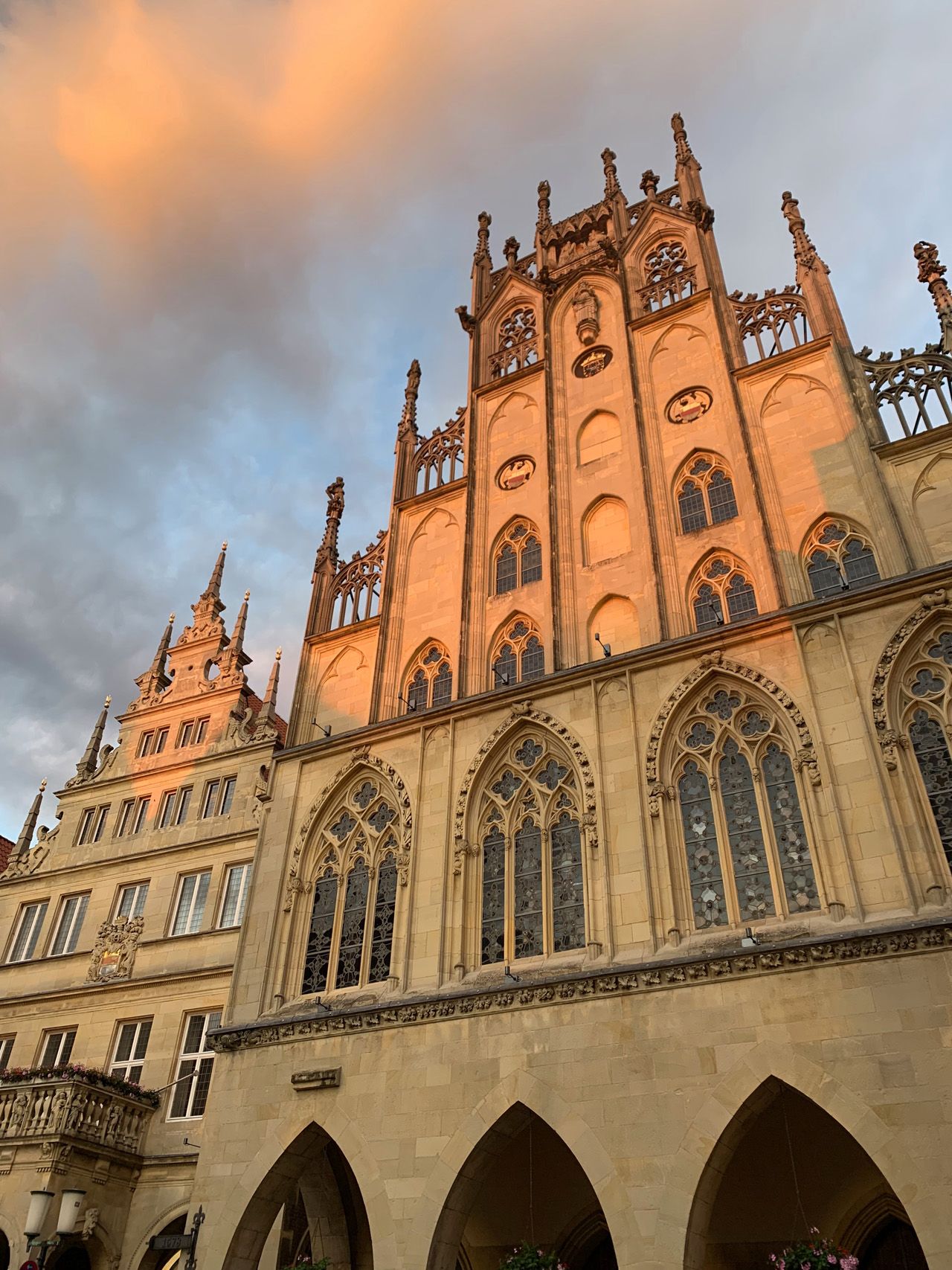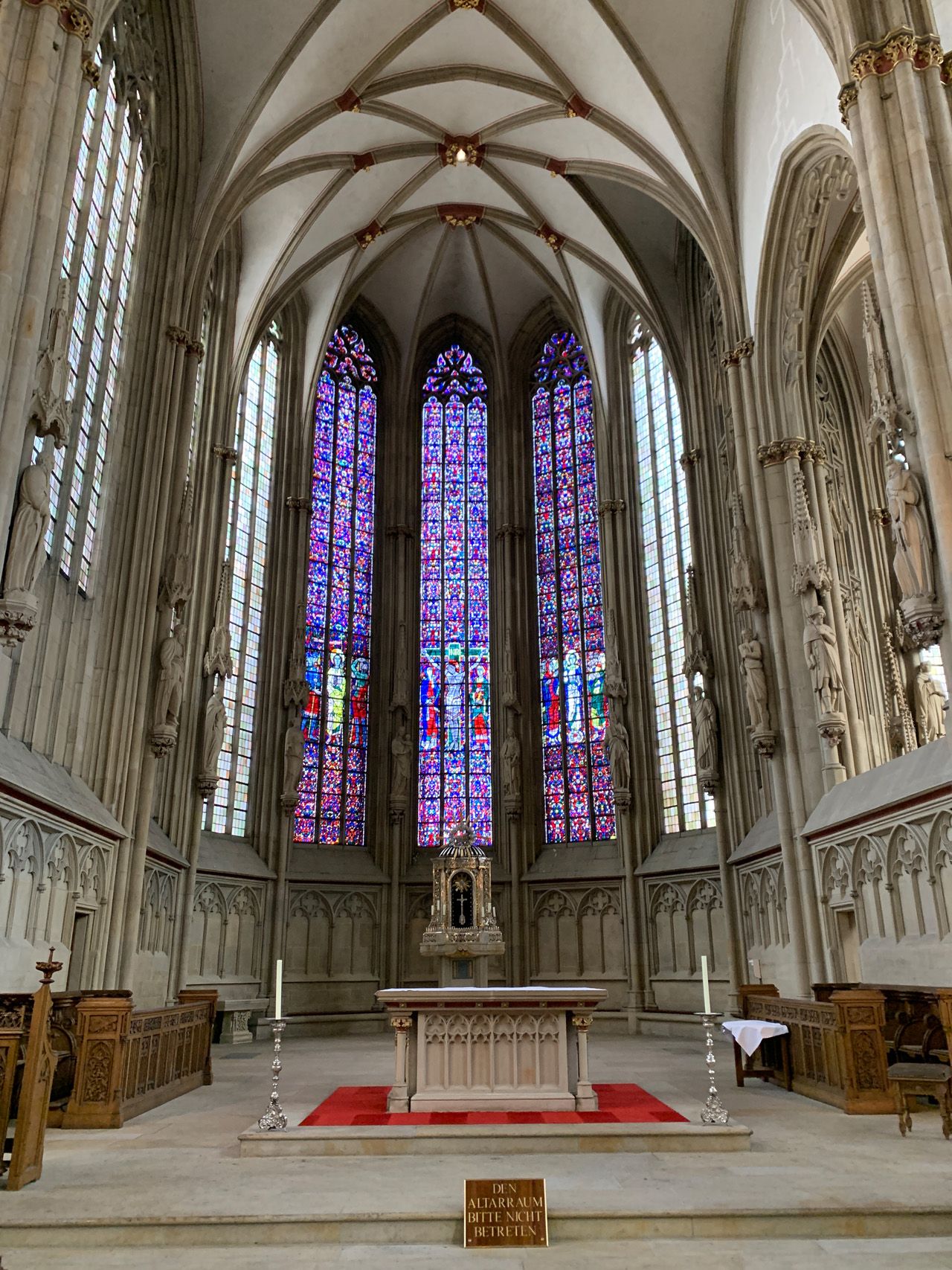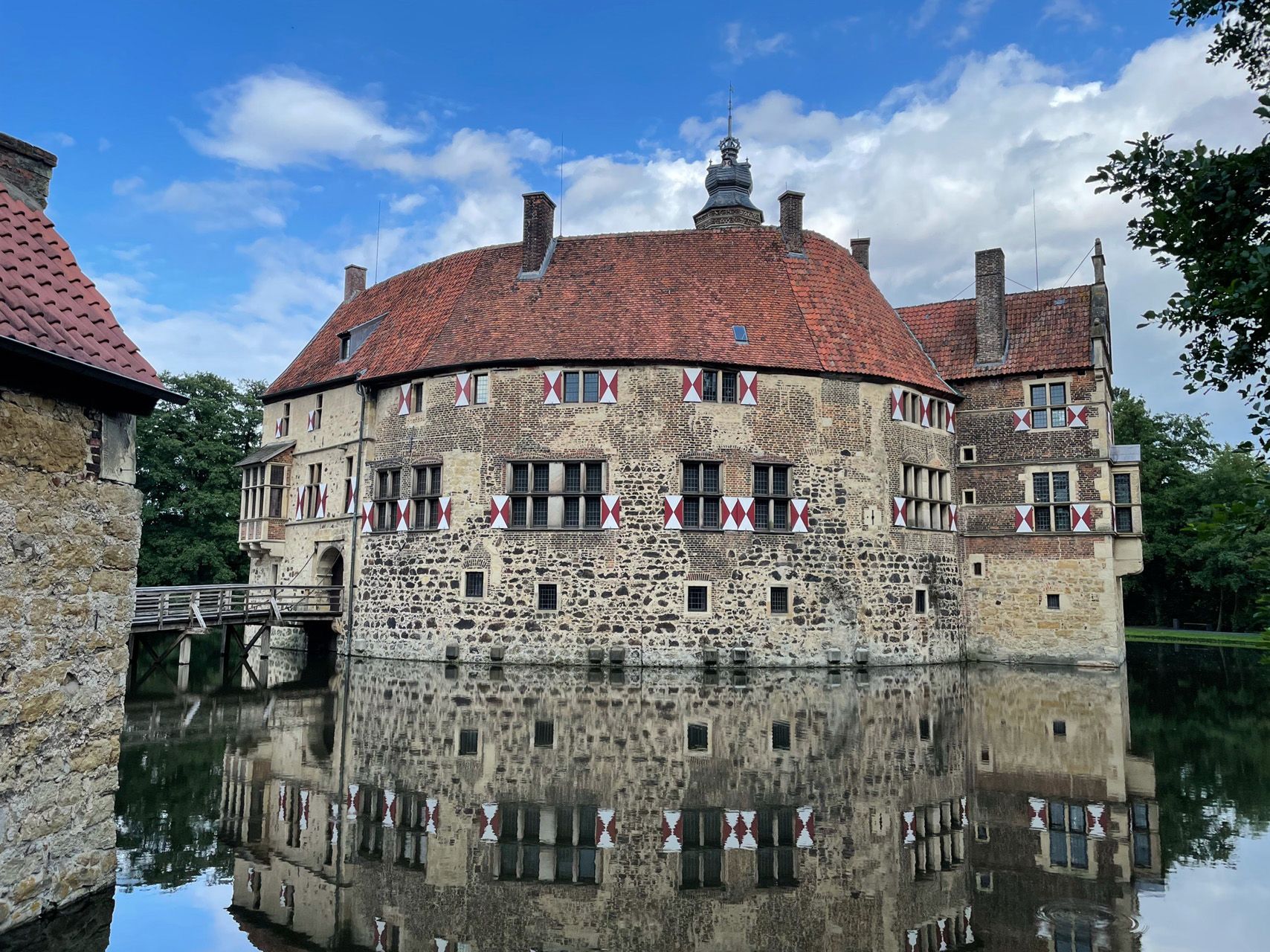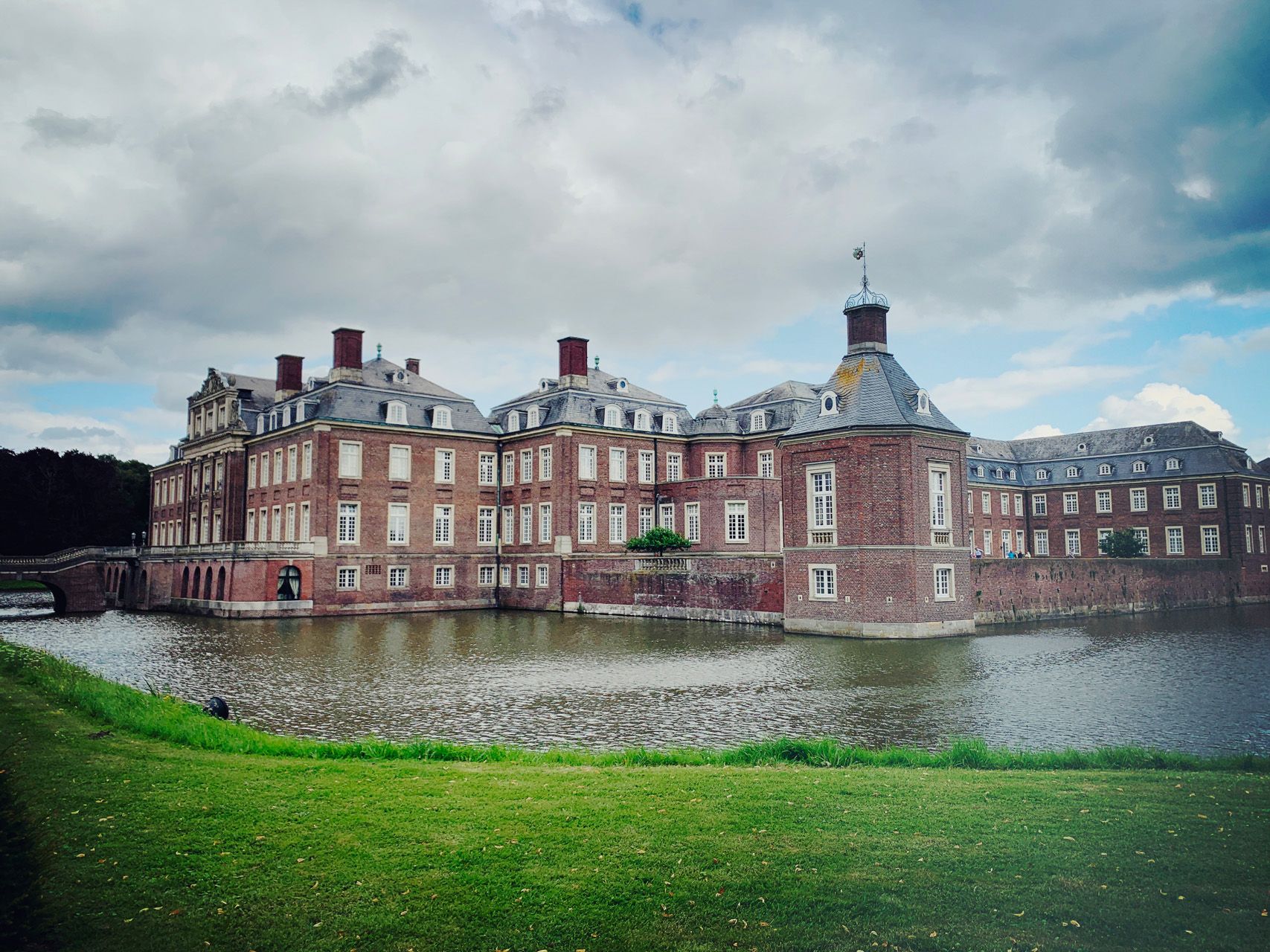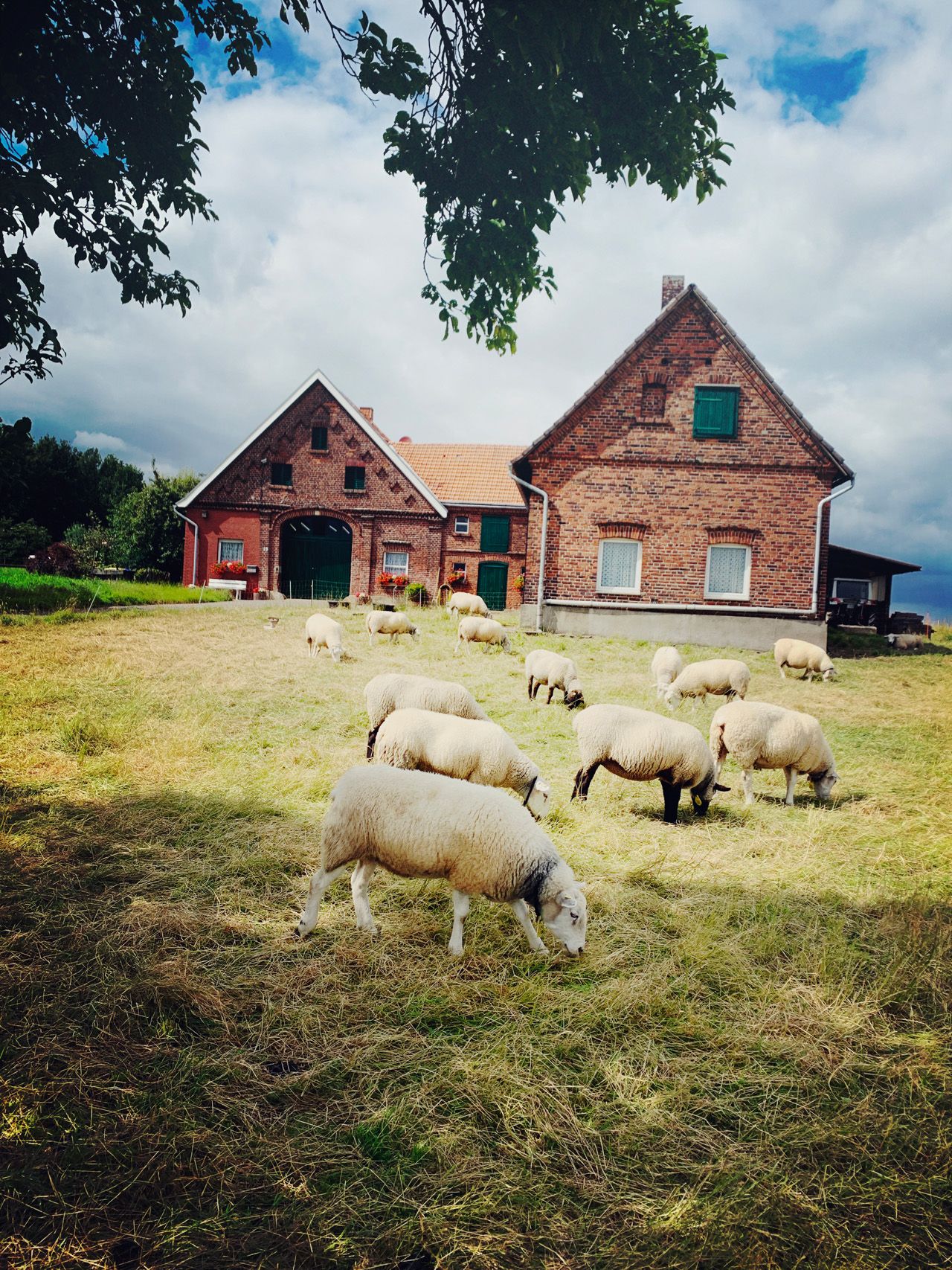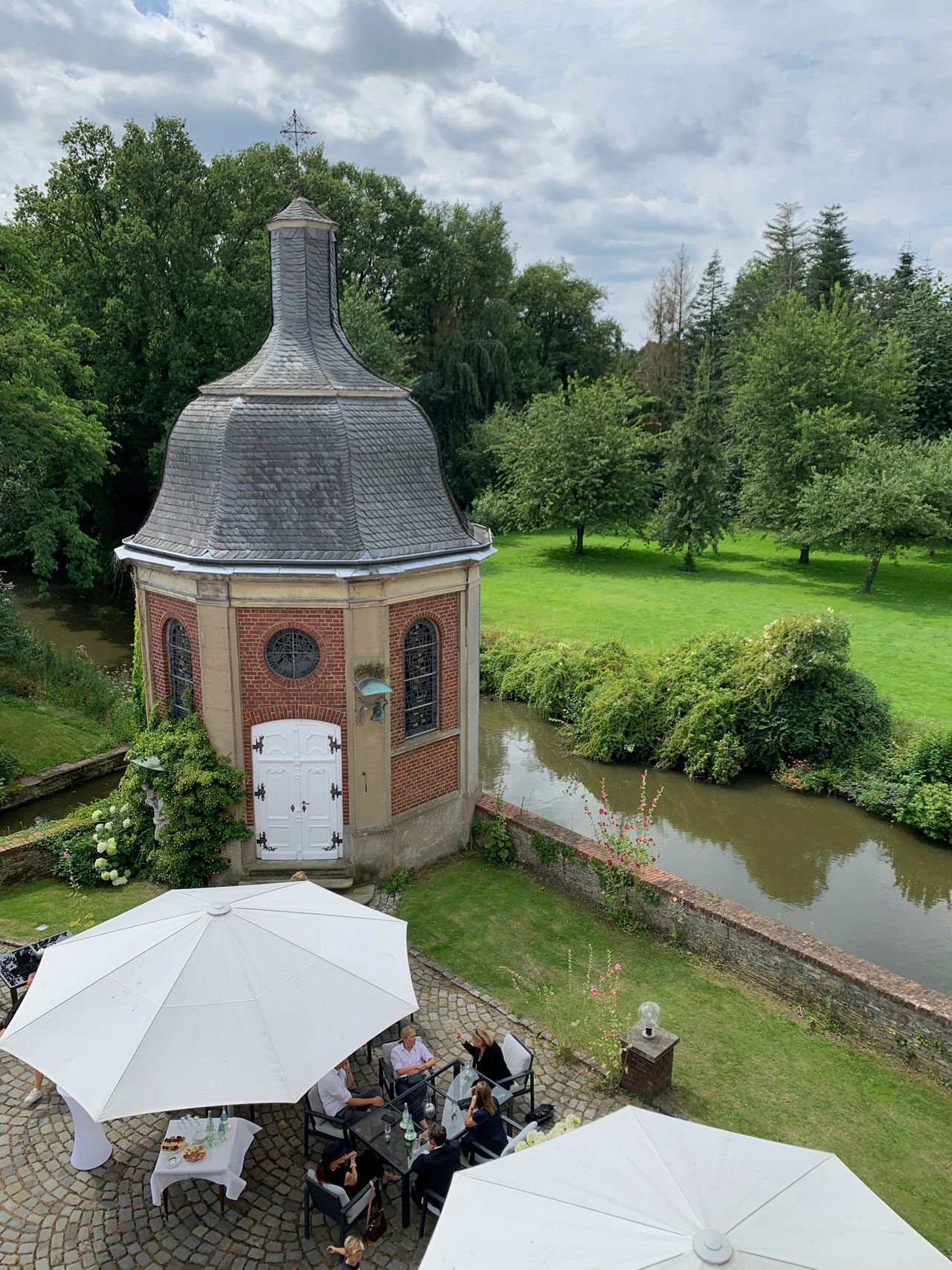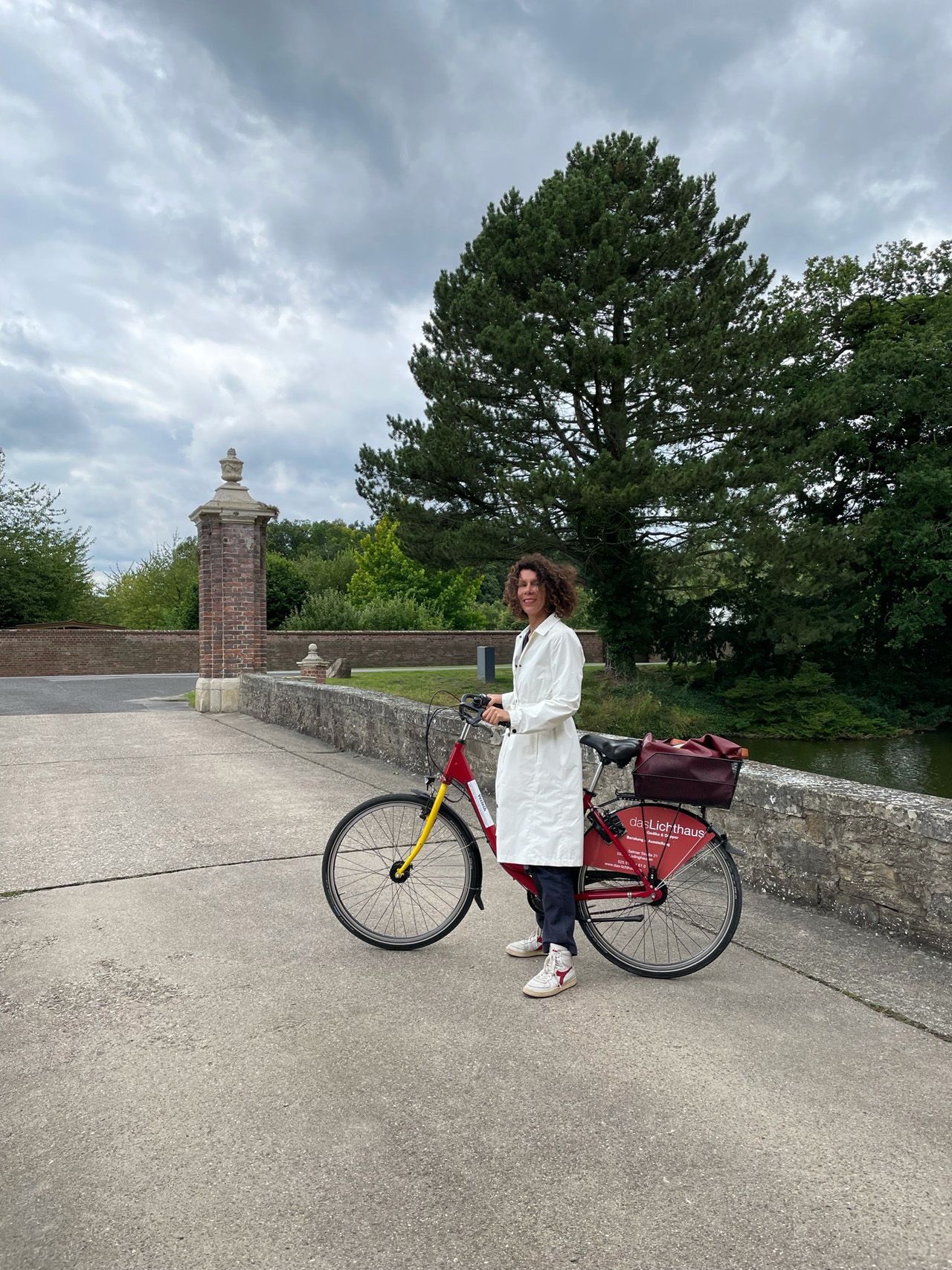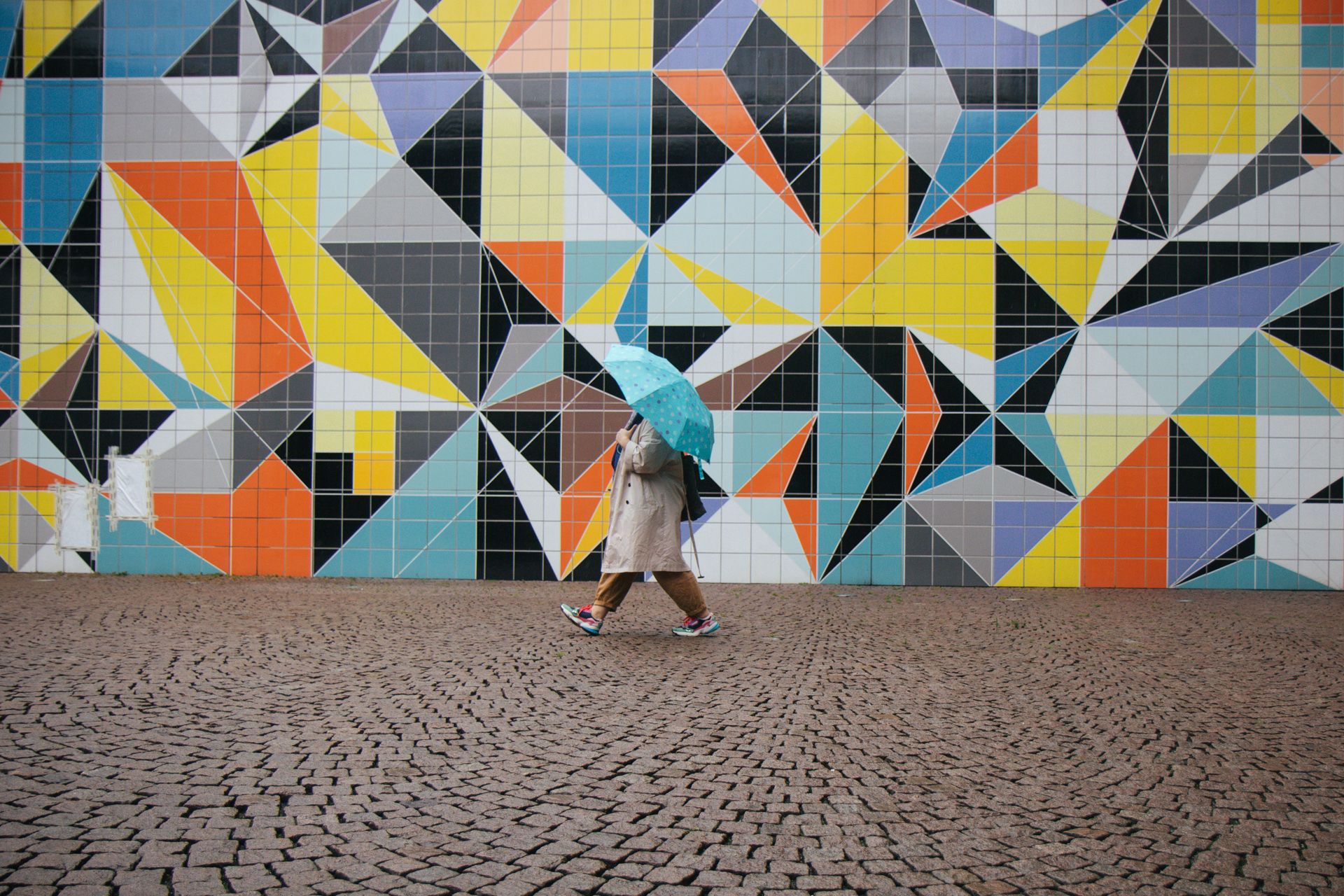In fact, the dove of peace had already done a great deal of work in Münster long before Picasso. The Peace of Westphalia, which ended the Thirty Years' War, was signed in the cathedral city in 1648. On the way to the Peace Hall in Münster's Historic Town Hall, the memorial to this fundamental event for Europe, I startle a few of their grey-feathered conspecifics as they strut across the cobblestones of the Prinzipalmarkt, cooing importantly and craning their necks.
Inside, it is quiet and cool. Outside, the present is raging; here, behind the door of the Friedenssaal, history comes to life. As I enter the room, which is decorated with wood panelling and rich carvings, the audio guide starts. The voiceover tells me about the years of negotiations that preceded the Peace of Westphalia. I walk through the gallery of European envoys, diplomats and lawyers to my left and discover a youthful portrait of Louis XIV in the centre of the top row, who stands out red-cheeked from the ranks of dark-clad dignitaries and sovereigns. On the far right of the row of pictures, the negotiator Fabio Chigi has a place of honour. It was he who regularly visited the Catholic envoys who were accommodated in the neighbourhood, conveyed messages to them and consulted with them. I learn on the audio tour that the envoys never gathered together in one place for consultations. No wonder, then, that the peace negotiations dragged on for three years! I admire Chigi's diplomatic skills - he later became Pope, by the way.

